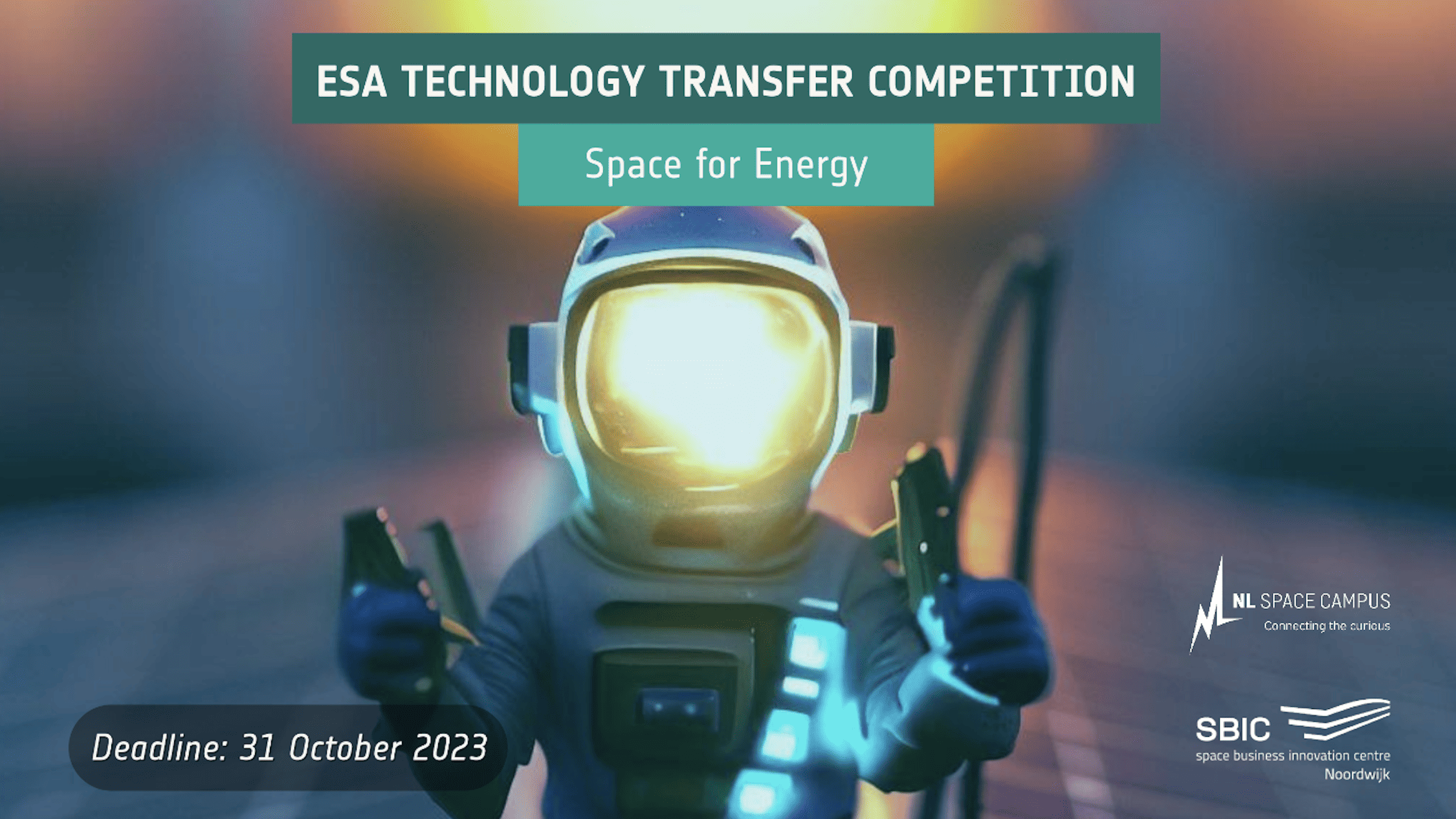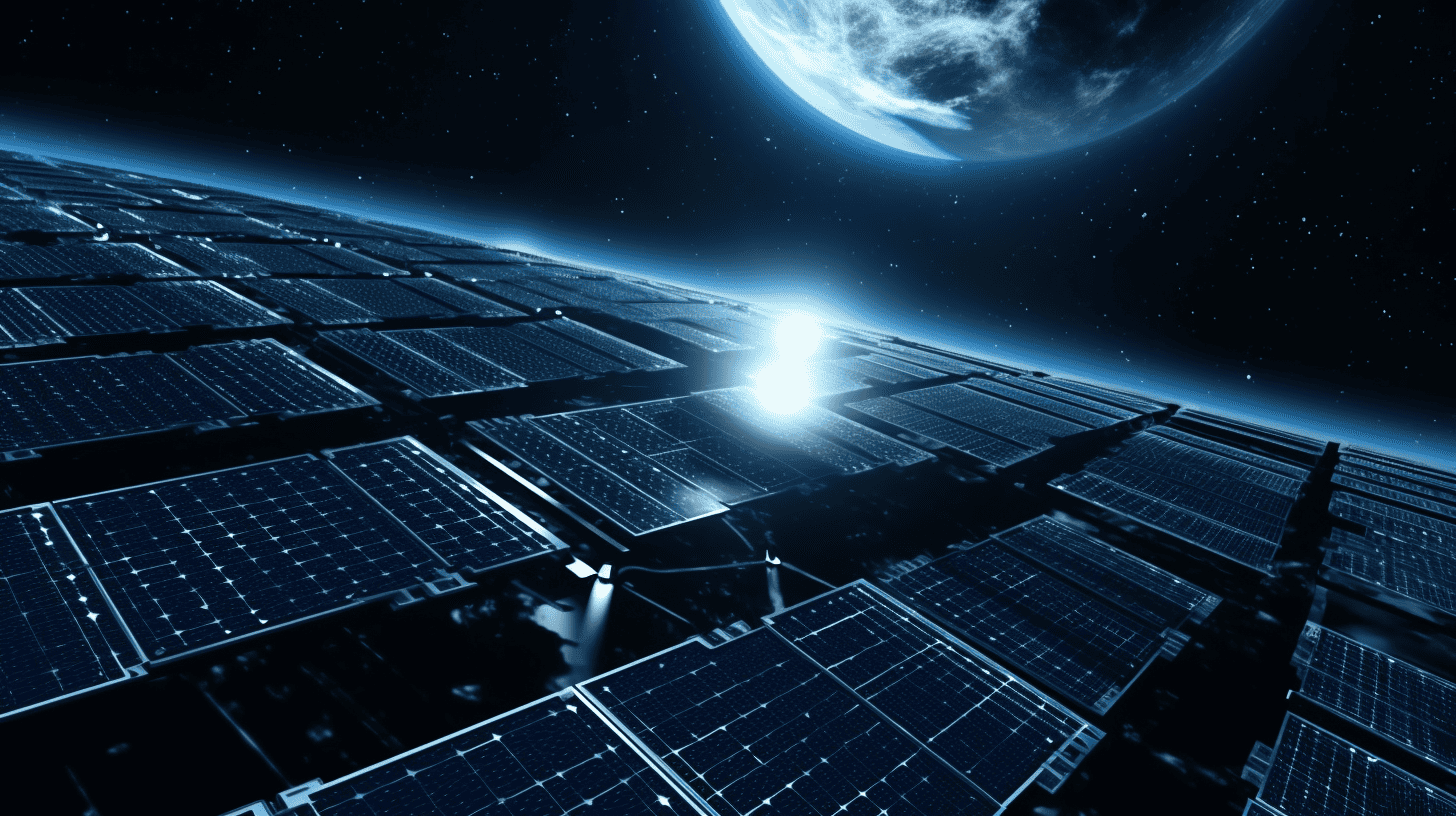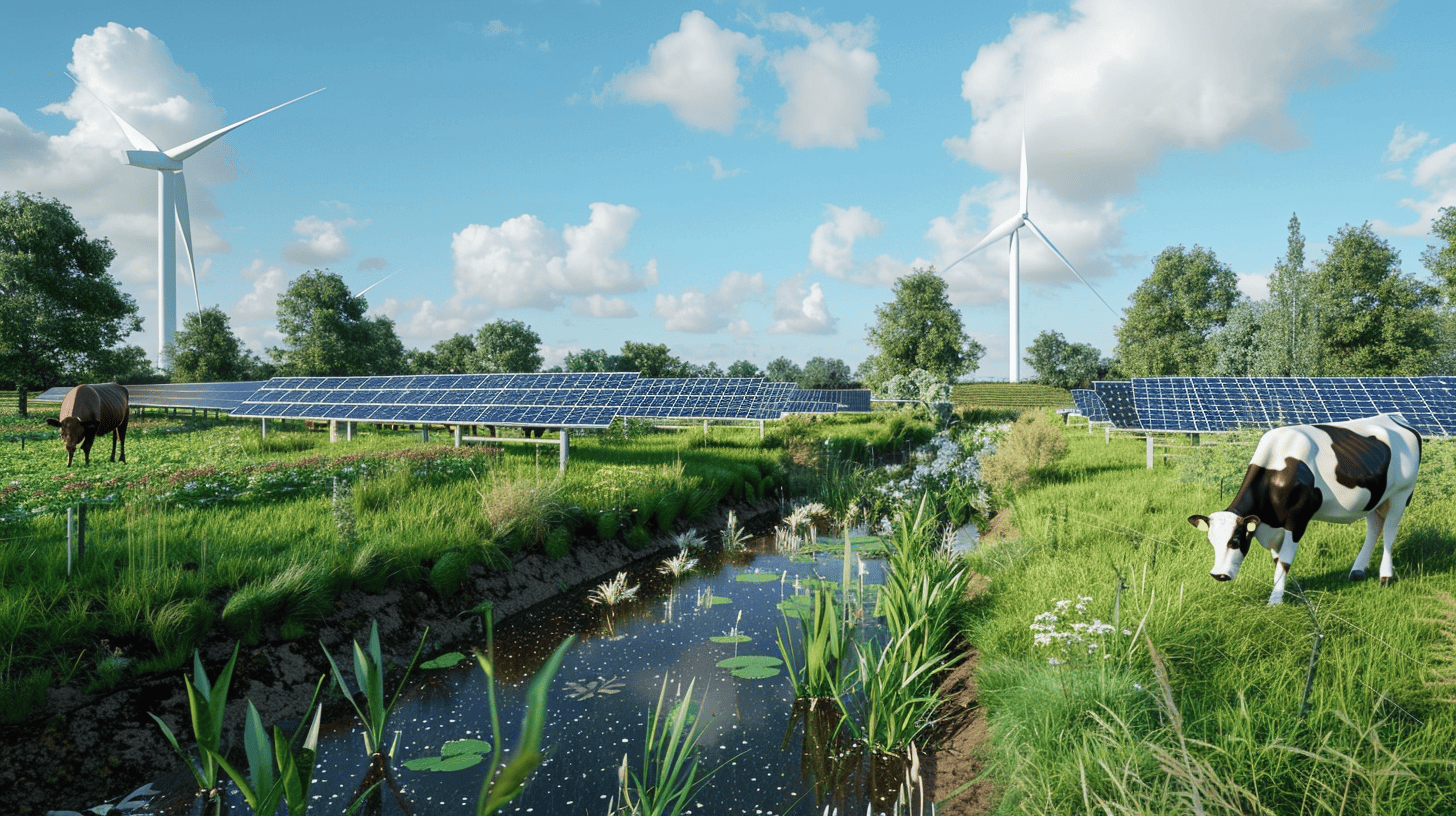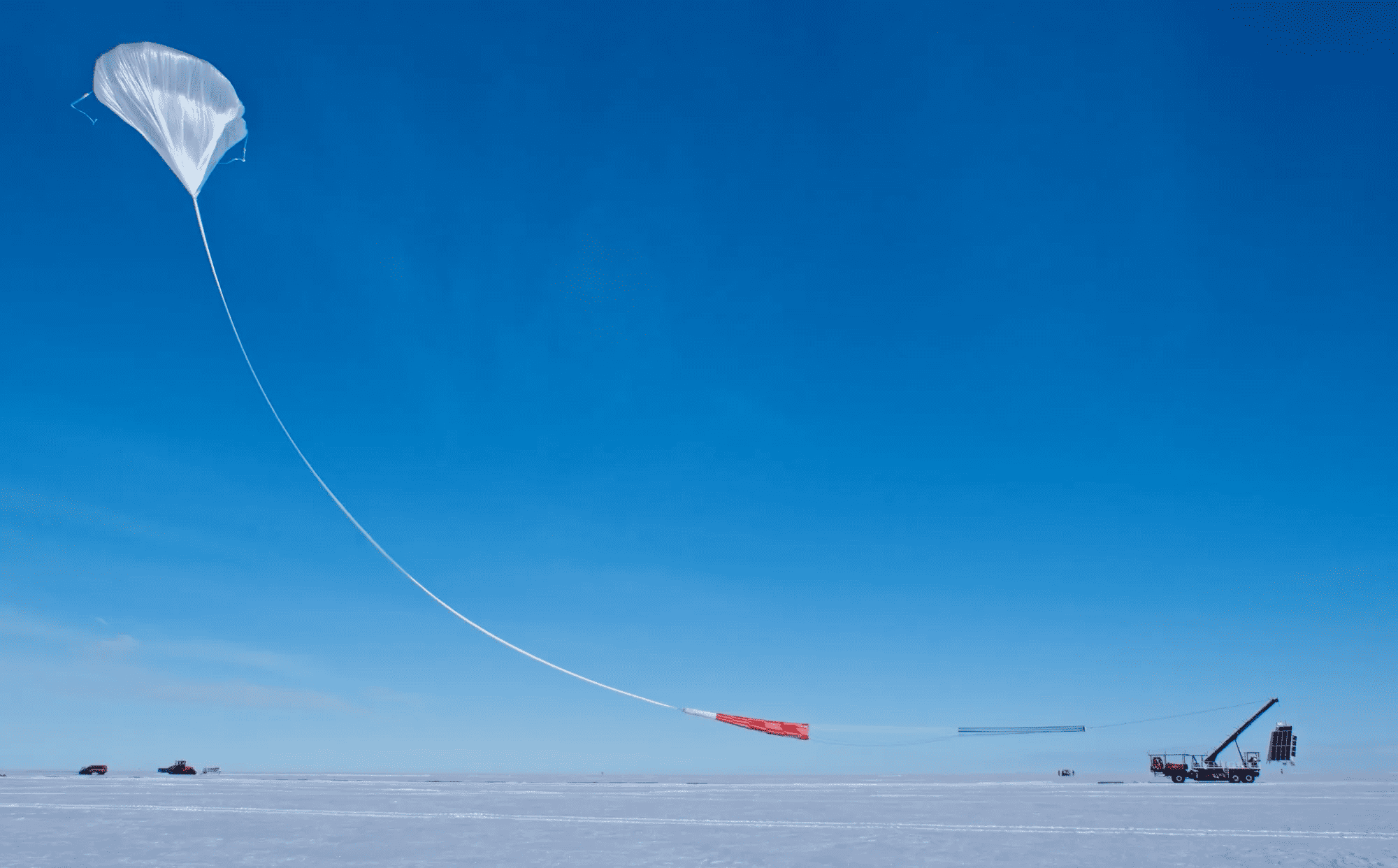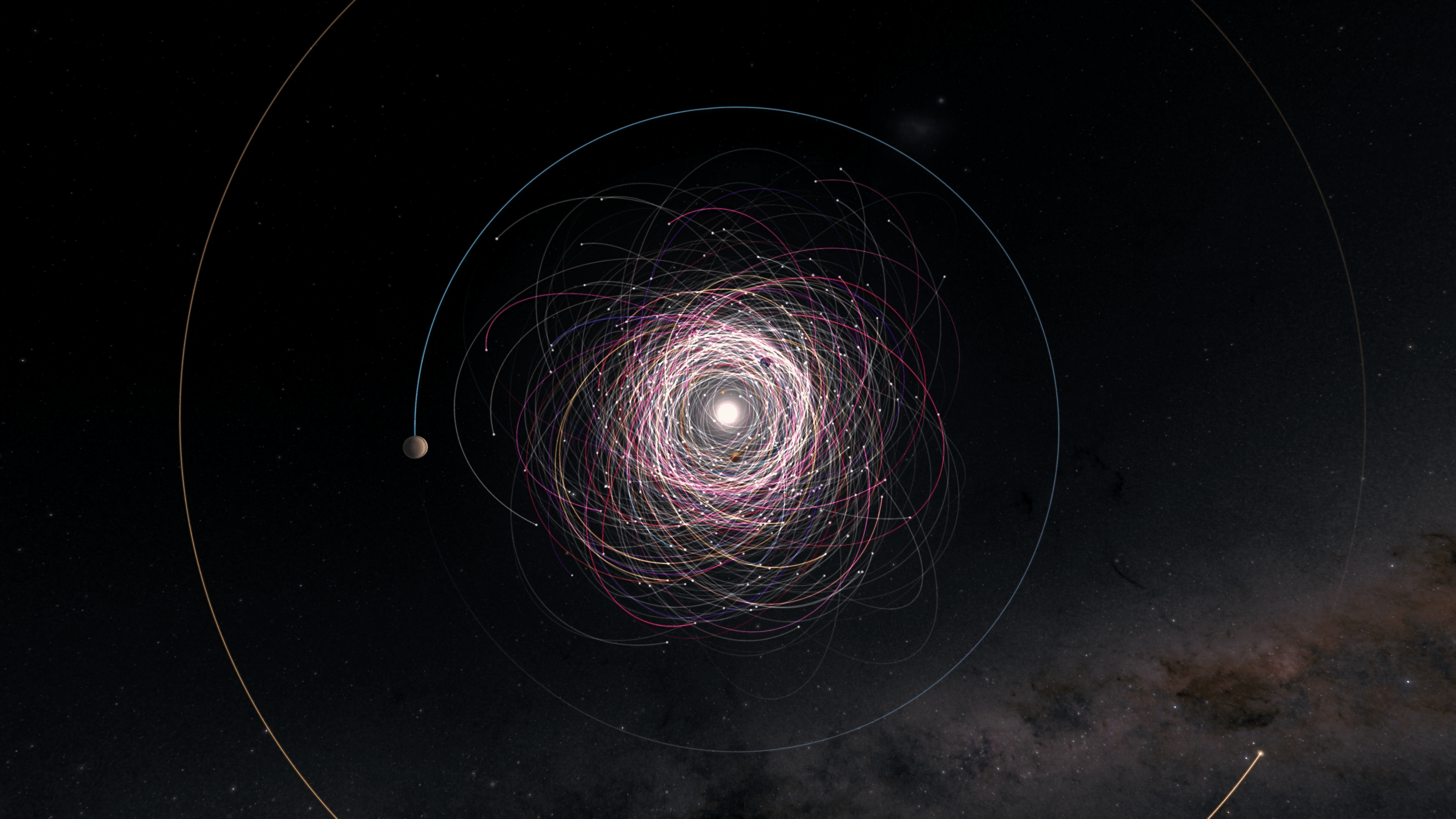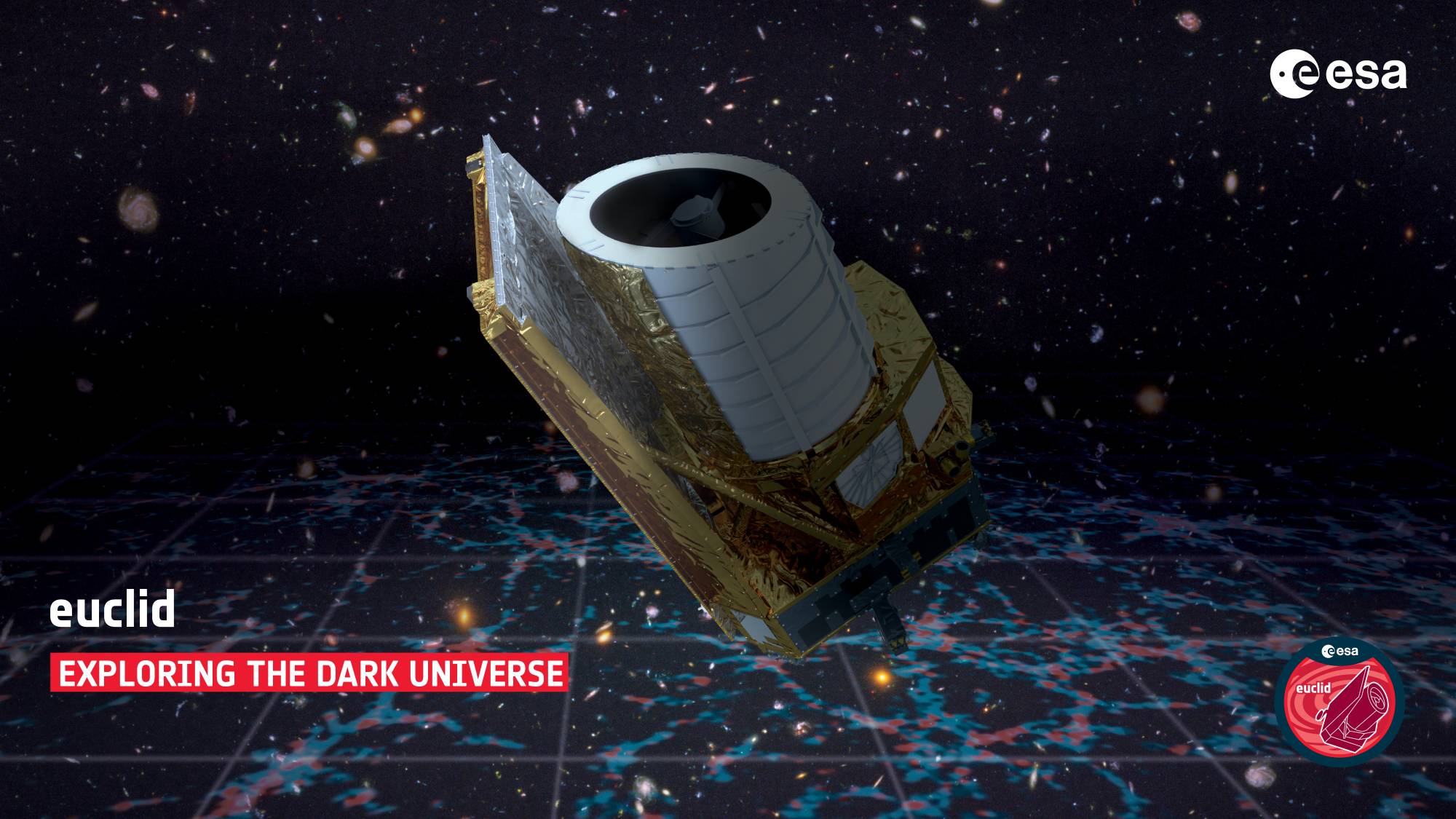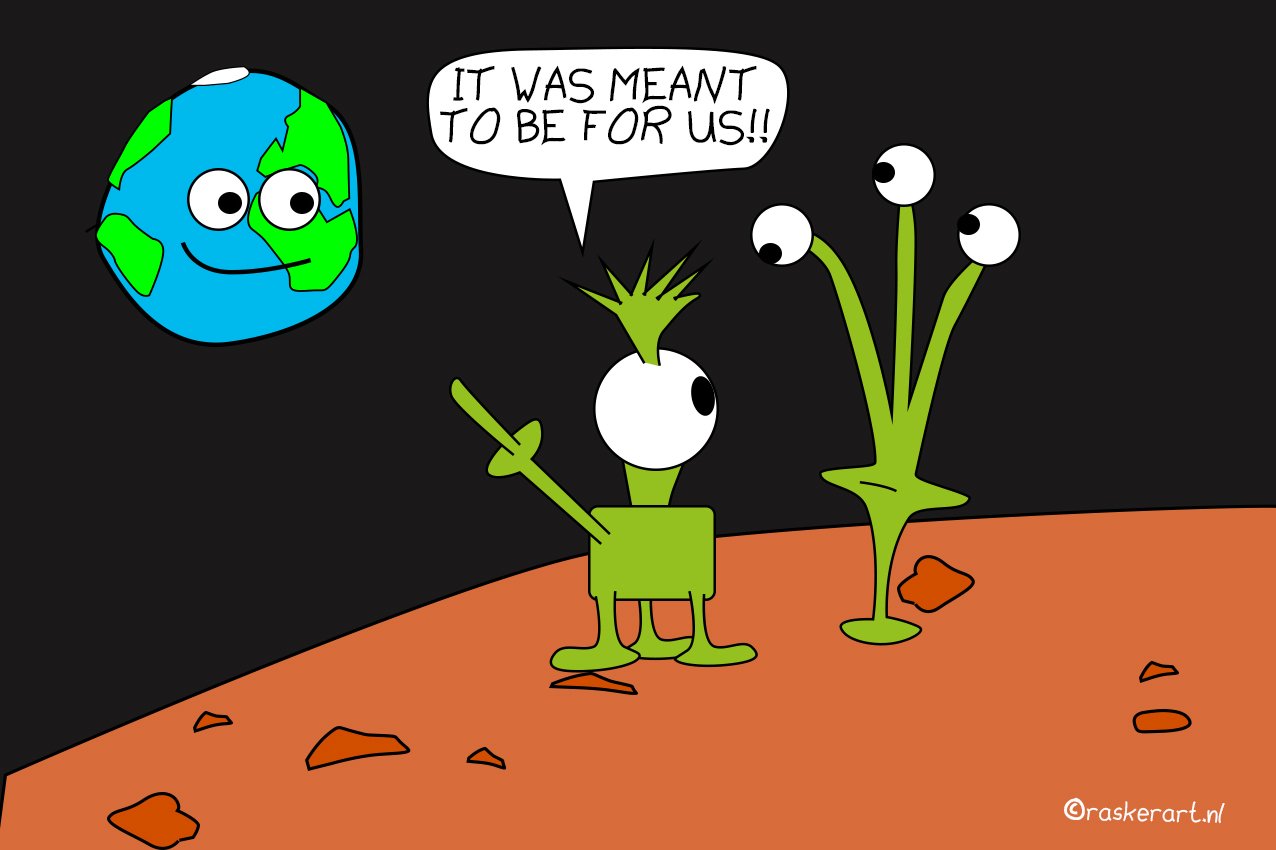
Last year, we wrote about a group of international researchers working on a self-sustaining system for a colony on Mars. According to the latest plans, the city will have room for 250 thousand inhabitants and will gradually grow to one million people. The intention is to be able to emigrate to Mars from 2100 onwards.
The system that the scientists are working on provides everything humans need to survive. Agricultural modules with plants and micro-algae not only provide food, but also recycle exhaled air back into oxygen. The city will also generate enough energy and have its own industry. For example, it would be able to produce building materials.
Before it even gets that far, Angelo Vermeulen believes science still has a lot of tough nuts to crack. Vermeulen is a biologist, artist and has been working on space travel for about ten years now. Among other things, he is actively involved in the European Space Agency (ESA) project Micro-Ecological Life Support Alternative (MELISSA), which studies how to make food, water and oxygen from organic waste and carbon dioxide in space. He is also researching bio-inspired systems at the Delft University of Technology (TU Delft), such as spaceships that can self-evolve and repair themselves millions of miles away from Earth. “Konstantin Tsiolkovsky, who died in 1935 and had laid the foundation for rocket theory and is pretty much the father of space travel, also dreamed about extraterrestrial settlements. In his time, he was already writing about recovering oxygen by using plants.”
Testing in space
The layout of the city – living areas, agriculture, industry and in-house energy generation – is also nothing new. Scientists on Earth have been researching how this works in space for years. From simulated space travel to food supply, it’s all being done. Except, Vermeulen argues, this research really needs to be taken out into space. “That we can grow food under very extreme conditions is shown by the European EDEN-ISS project. In two large maritime containers at the German Neumayer III station in Antarctica, fresh food was grown for months on end. Of course, I don’t have to explain that the conditions there are far from ideal. For growing food in space, we don’t need to invent anything new. We need to go out there and test it on the spot.”

The same is true for the MELiSSA life-support system on which Vermeulen is conducting theoretical research. “Separate components, such as bioreactors with algae, have already been into space. We know, for example, that these are much more resistant to cosmic radiation than humans. But a completely closed regenerative system has never been into space. That’s because it’s quite complex biologically speaking. There’s a lot more to it than just the exchange of CO2 and oxygen. Especially if you add several plants or other animal species. You have to have an ecosystem like that under control,” Vermeulen says.

MELISSA has already taken the first steps towards this. All the organic waste from the astronauts is converted into food for algae and crops with the help of bacteria in three types of bioreactors. In turn, the algae and crops, combined with the exhaled carbon dioxide of astronauts, convert this into oxygen and food by means of photosynthesis. The ultimate goal is to grow a total of twenty crops and to significantly reduce the size of all the machinery before they go into space.

Never fully regenerative
But Vermeulen doubts whether this system will ever be 100 percent regenerative. “A completely closed regenerative system is quite a challenge, there will always be some form of loss. And biology is not a machine, everything affects each other and that makes it harder to control. If we manage to build a closed system like this, it will not be able to immediately supply all the food that is needed. It will be much more gradual. A system that provides 20 percent of the food for the astronauts, for instance, would already be a great step forward. But I don’t think we’ll ever be able to do it completely without any external supplies.”
Vermeulen maps out all kinds of different scenarios that could affect the journey in his theoretical simulation research on long-distance space travel. Will the astronauts have enough food? Will the life-support system continue to work after a solar storm? A bit like a strategic computer game like SimCity, but only with numbers and graphs. “Also here, you guessed it, biology is the main factor. So we’re looking not only at regenerative food growing and oxygen generation, but also at flexible construction that, just like nature, has an adaptive and restorative capacity.”
Nature is needed to keep people alive in a sustainable way
The main lesson from his simulations so far are that he closer all the elements of such a closed system are to each other, the more dependent and vulnerable the complete system is. “Everything depends on each other. So if there is a kink somewhere, it affects the whole system. That’s nothing new in itself, but this complexity does make some engineers say that we shouldn’t use biology in space exploration in that case. But we are going to need nature to be able to keep humans alive in a sustainable way. Also, nature has restorative powers. A crop can do poorly and then flourish again, whereas machines do not.”

According to Vermeulen, we see ecosystems too much in terms of a machine that we, as humans, want to control. “The idea of a stable and perfectly predictable ecosystem is not accurate. The numerous components are constantly interacting with each other. Ecosystems are essentially permanently changing. That’s what makes controlling them so difficult; you have to take every possible reaction in the system into account. Even if it is not foreseen. We are now working towards a more robust system with buffers and self-organizing elements. In such a system, we can let go of control more and let the system do its own thing.”
Technology to go to Mars is there
Like Vermeulen, Jeroen Rotteveel CEO of ISISpace, a start-up founded in 2006 and specializing in satellite technology, thinks a colony on Mars is still a long way off. “Technically speaking, it is perfectly possible. But a permanent space station that was talked about after the moon landing is still not in place either.”
In his view, this is mainly due to the high costs. Keeping 6 astronauts alive 400 kilometers from Earth in the ISS station costs €10 billion a year. “For a settlement on Mars, these costs easily go up by a factor of 50. You have to send an awful lot of supplies, spare parts, food and, obviously, process technology to produce building materials, for example. These are gigantic sums of between €50 billion and €100 billion.”
Space travel creates other parameterss
He does see that innovation is accelerating because of the commercialization of space. “Governments with space programs sometimes tend to rely on their own boffins. For example, the EU developed a computer chip for space at a cost of €100 million, while parties like Intel have much more knowledge about this. They would spend the same amount per week on the development of such a chip, so to speak. You see that other companies have the ability to take these things up much more efficiently. Look at Elon Musk with SpaceX.”
The time when technology from space was responsible for change on Earth is over, Rotteveel contends: “The investments to purify the air in the aerospace sector are many times lower than in industry, for one thing. This is partly due to public awareness. Look how quickly battery technology has developed in recent years; that would not have happened without electric cars.”
“But on the other hand, space does provide other parameters that you have to take into account. You cannot send construction workers to Mars, building will be done robotically. You have to use different materials or invent something to put a settlement down very quickly. Given the current housing shortage, we could use that technology here too.”


